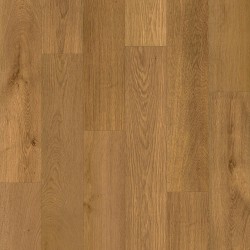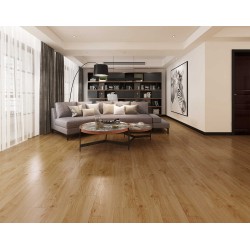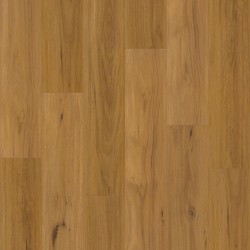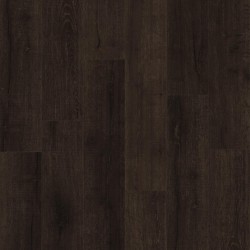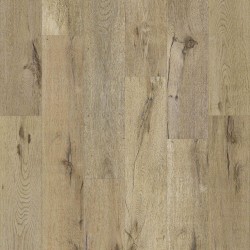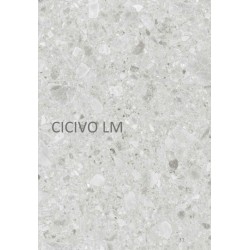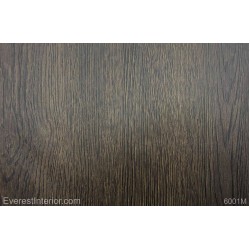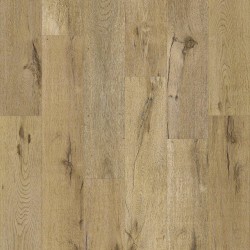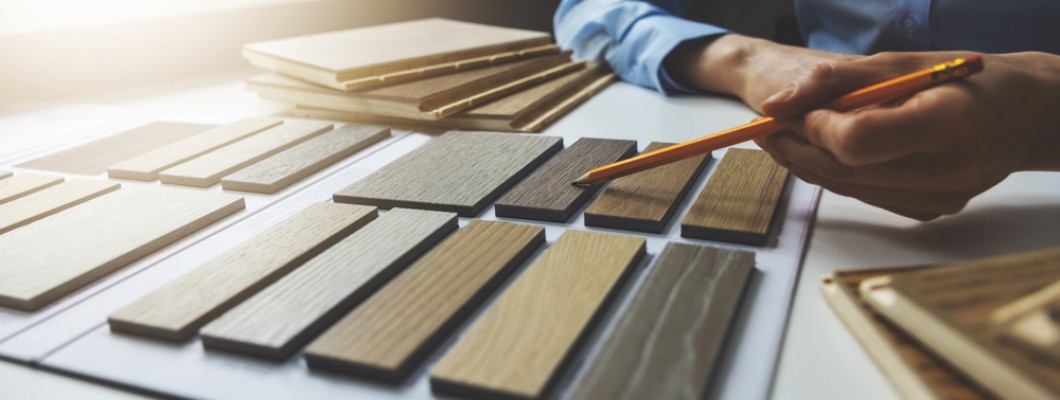
Laminate Flooring: A Popular Choice for Sydney Homeowners
Over the past decade, laminate flooring has gained significant popularity among homeowners in Sydney. With its appealing aesthetics, durability, and cost-effectiveness compared to timber, it's easy to see why it has become a preferred option.
Choosing the right laminate flooring for your home can be a daunting task, given the wide range of choices available in the market. In this article, we will provide you with seven essential factors to consider when opting for laminate flooring, ensuring that you make the best decision for your home.
Understanding Laminate Flooring
Laminate flooring is a synthetic flooring material composed of multiple layers designed to mimic the appearance of natural materials. While it often imitates the look of timber, modern laminates can also replicate the effect of bamboo or stone. The top visual layer of the laminate consists of a high-definition photo image, protected by a durable and scratch-resistant laminate coating.
Advancements in technology have led to improved quality in modern laminate flooring. Today, laminate offers an attractive and resilient alternative to traditional materials like timber, bamboo, or stone.
Consider Your Budget
Budget is an important consideration for any home improvement project, including flooring. One of the advantages of laminate flooring is its affordability compared to other materials like timber or bamboo. However, choosing a lower-cost option shouldn't mean compromising on quality. Modern laminates provide a similar appearance and finish quality while offering superior scratch resistance compared to many timber options.
While it's crucial to be mindful of your budget, don't prioritise a low cost per metre at the expense of other factors like durability. Opting for a cheaper option may initially save you money, but it can prove to be a poor long-term investment, considering that flooring should last for many years.
Understand Quality Differences Among Laminate Floors
Like any flooring type, laminate floors can vary in quality, leading to differences in pricing. Several factors contribute to these variations:
Thickness: The thickness of the laminate board affects its durability, sound absorption, and the strength of its click joints.
Inner Material: The core of laminate floors is made from high-density materials, but the quality and composition can differ. It's important to choose boards with quality inner materials that are health-certified.
Abrasion Coefficient (Scratch Resistance): Laminate floors have durable surfaces, but their scratch resistance can vary. Look for the AC standards to determine a floor's scratch resistance (AC3, AC4, and AC5 are generally the best options).
If you plan to install laminate flooring in high-traffic areas with heavy furniture, choosing a durable floor type is crucial to prevent damage and premature wear and tear.
Consider Water Resistance
When selecting laminate flooring, it's essential to assess the level of water or moisture exposure it may encounter. Installing traditional laminate floors in areas prone to surface water, such as bathrooms or kitchens, is not recommended. Laminate floors typically feature interlocking planks with unsealed joints that can allow water to seep underneath, leading to bowing and damage.
Fortunately, modern laminate floors have improved water resistance, incorporating innovations like moisture barriers or wax seals. For rooms like kitchens and bathrooms, it is imperative to choose laminate flooring specifically designed to withstand water exposure.
Choose the Desired Look
As with any flooring type, laminate offers a wide variety of looks and styles to suit your preferences. Whether you desire a rustic countryside feel or a neutral, contemporary design for your Sydney apartment, there's a laminate option to match your desired aesthetic. The versatility of laminate flooring allows you to achieve the look and feel you envision for your space.
Consider the Room Size
The size and dimensions of the room should also influence your choice of laminate flooring. In spacious rooms with ample natural light, opting for a darker wood finish can create a cosy and inviting atmosphere. Conversely, lighter textured floors can enhance the sense of space in smaller rooms.
Additionally, consider the amount of furniture in the room, as it may affect the overall visual impact and functionality of the laminate flooring.
Installation: How and Who?
When it comes to installing laminate flooring, you need to decide whether you will undertake the task yourself or hire professional help. If you have experience and confidence in DIY installations, most modern laminate floors are designed for relatively straightforward installation, thanks to interlocking boards that eliminate the need for glues or adhesives.
However, if you lack experience or have complex installation requirements, investing in professional assistance may be the best option. Everest Interior offers a range of professional installers at competitive prices, ensuring a smooth and high-quality installation process.
In Conclusion
Laminate flooring has gained popularity in Sydney and New South Wales for its versatility, durability, and aesthetic appeal. To ensure you achieve the desired finish and long-term quality, consider key factors such as your budget, room characteristics, water resistance needs, preferred look, and installation requirements. By taking these factors into account, you can make an informed decision and enjoy your laminate flooring for years to come.
Request Your FREE Quote Today!
Are you considering laminate flooring for your home? Look no further than Everest Interior, the experts in laminate floors. We offer one of Sydney's most extensive selections of laminate options at highly competitive prices. Our secret lies in our direct partnerships with top manufacturers worldwide, ensuring the highest quality laminate floors. With over 15 years of experience in the industry, we've got you covered.
Don't miss out on our exclusive offer! Fill out the form below to receive a complimentary, no-obligation quote or even beat any existing quote. Rest assured, our team will respond to your inquiry within 24 hours. Take the first step towards transforming your home with beautiful laminate flooring today!
What to Consider When Purchasing Laminate Flooring
When buying laminate flooring, there are several key factors to keep in mind:
AC Rating (Abrasion Coefficient): This rating measures a floor's ability to resist scratches and dents.
Water Resistance: Nowadays, water resistance has become an important feature of laminate flooring. It is often measured in hours (e.g., 24 hours, 48 hours, 72 hours).
Warranties: Warranty coverage serves as a good indicator of flooring quality and provides an estimate of how long the flooring should last with proper maintenance.
Thickness: High-quality laminate flooring is typically thicker than lower-quality options. A thicker plank offers better tolerance for uneven subfloors and a more solid feel underfoot.
Volatile Organic Compounds (VOCs): Lower-quality laminate flooring may emit VOCs, which can be respiratory irritants. While not necessarily harmful to your health, it's best to choose tested options.
However, it's important to note that higher-quality laminate floors often come with a higher price tag. Finding the right balance between your budget and contextual requirements is key.
Determining the Best Type of Laminate Flooring
The best type of laminate flooring depends on your specific circumstances and needs. Consider factors such as the desired durability, water resistance, and the location where the flooring will be installed. For instance, laminate flooring that is not 100% waterproof may not be suitable for kitchen areas but can work well in other parts of your home.
Everest Interior offers a wide selection of top brands, including popular suppliers like Luxflor Hugo Laminate, Homestead Laminate, and Aqua Wood Plus Waterproof Laminate.
Choosing the Right Thickness of Laminate Flooring
Laminate flooring typically ranges from 8mm to 14mm in thickness. The plank thickness affects its tolerance for uneven subfloors and the solidity underfoot. We recommend laminate flooring between 10mm and 12mm thick for optimal results. However, if you're looking for a cost-effective option, laminate flooring in the 7mm to 8mm range can still provide visual appeal and durability if the subfloor is very level.
Deciding on the Pattern of Installation of Laminate Flooring
There are two main methods for laying laminate flooring: traditional side-by-side plank laying and parquetry. Side-by-side plank laying is the most common style and can be enhanced by staggering the floorboards, varying the lengths for a natural design. Parquetry, although visually appealing, is more challenging to install and is not recommended for DIY unless you have experience in this area.
Understanding the Disadvantages of Laminate Flooring
While laminate flooring offers excellent scratch resistance, low maintenance, and an authentic hardwood appearance, it does have some disadvantages. Laminate flooring can be prone to water damage, limiting its installation areas. Poor-quality laminate flooring may result in easily damaged planks and an artificial look. However, by choosing laminate flooring from a reputable company and ensuring proper installation in suitable environments, these disadvantages can be mitigated.
For more information, we have an article that breaks down the pros and cons of laminate flooring.



